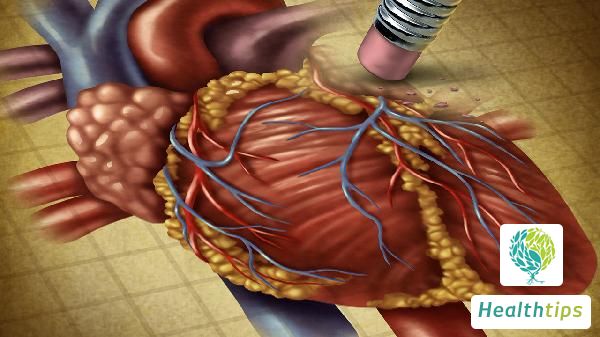"How Often Does Gout Typically Flare Up?"
Gout: A Disease Linked to Uric Acid Metabolism Disorder

Gout is a condition associated with disturbances in uric acid metabolism, characterized primarily by hyperuricemia and episodic attacks of arthritis. The timing of gout attacks varies among individuals, but they typically recur within days to weeks after the initial onset.
The primary symptoms of a gout attack include sudden onset of severe pain, accompanied by redness, swelling, warmth, and restricted mobility in the affected joint. These symptoms are often most pronounced during the night or early morning hours and tend to affect a single joint, such as the first metatarsophalangeal joint of the big toe, knee, wrist, among others.
Gout attacks are characterized by their abrupt onset and rapid resolution, lasting anywhere from a few hours to a few days. It's crucial to note that while the symptoms of a gout attack may subside spontaneously, this does not signify the complete resolution of the condition. Without timely treatment and management, gout can recur frequently, significantly impacting patients' quality of life.
Upon diagnosis, proactive measures are advised for controlling and preventing gout to avoid disease progression and complications. The recurrence interval of gout attacks varies among individuals but commonly falls within days to weeks after the initial episode. Early diagnosis and effective treatment are vital for alleviating patients' suffering and improving outcomes.
If you or someone you know is experiencing similar symptoms, it is imperative to seek the advice of a healthcare professional for accurate diagnosis and an appropriate treatment plan.



















